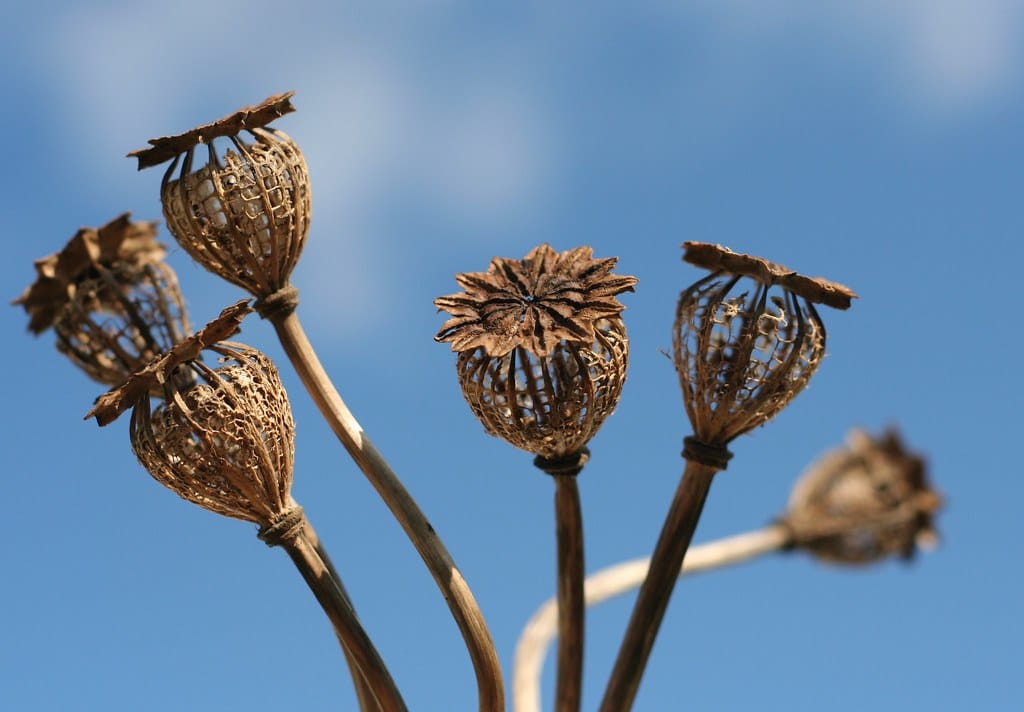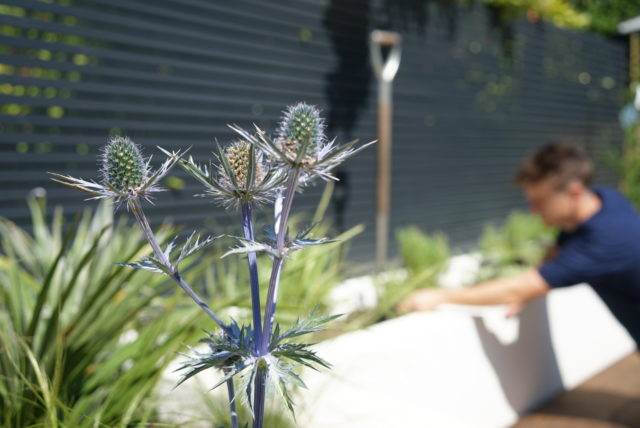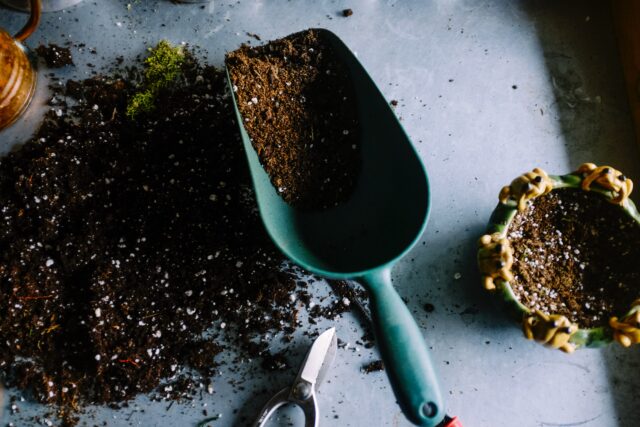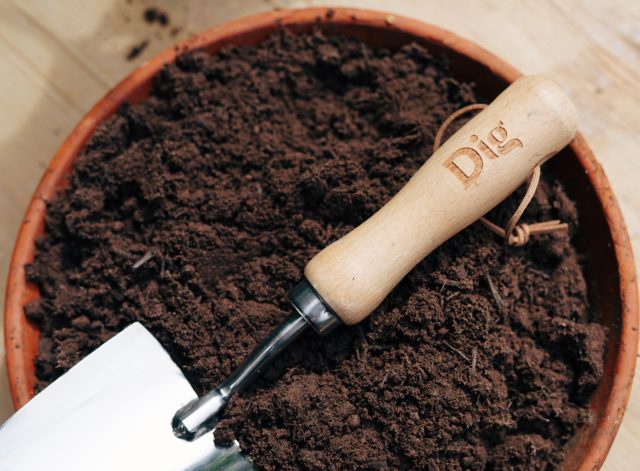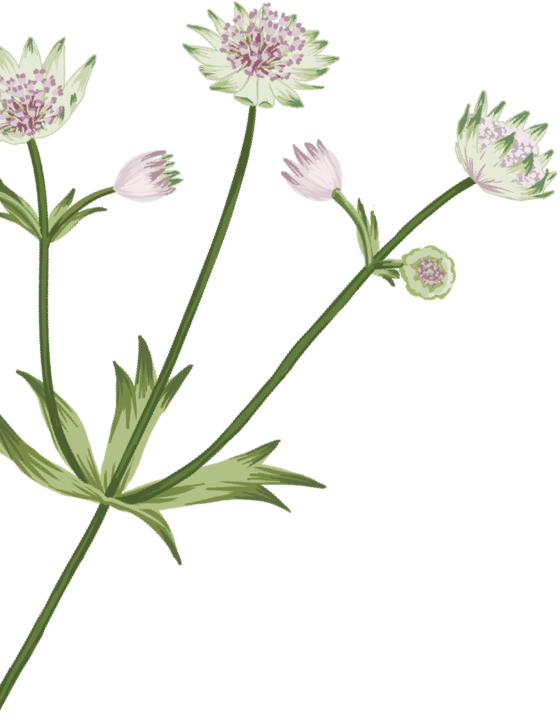Dead-heading
October is a great time to remove dead stems and flower heads from certain perennials (the plants that come back every year) as well as leaves that appear torn and battered after summer. Use clean, sharp secateurs to remove these. In some cases, based largely on resistance, you’ll be able to remove many by hand.
Or not dead-heading…!
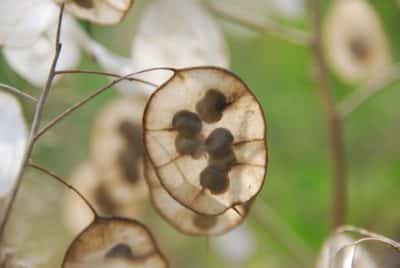
Having said that… it can be extremely beneficial to leave stems intact. Some seedheads are architectural in form after they have finished flowering, especially during the winter months when they’re frost covered. Examples include Rudbeckia, Eryngium, Hydrangea, Alliums, Echinops and ornamental grasses. If you like what you see, and can imagine it frosted and beautiful during winter, there’s usually no harm in leaving it in place.
Helping hand for nature
The seeds of many perennials can also provide essential nourishment for birds during winter, as well as the hollow stems providing shelter for hibernating insects and invertebrates – so we usually recommend always leaving a few in place. Our gardens are vital habitats for local wildlife and the comparative hardship of the winter months mean that it’s a particularly important time to lend an extra hand. It’s also a good idea, if you can, to leave a few life piles here and there as these can make great spots for hibernating wildlife, if you can guarantee they’ll be left undisturbed.
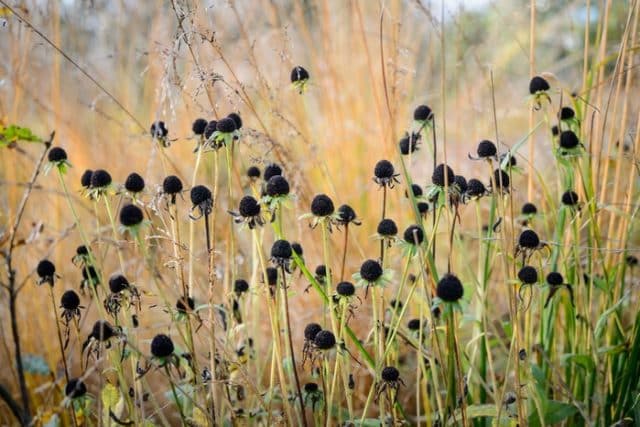
c. Jason Ingram
Collect seeds for immediate sowing
October is also a great time to collect seeds from hardy perennials such as Astrantia and Echinacea, sowing them immediately. Sow seeds into small pots of soil, allowing them to establish during the milder autumn months, before planting out wherever you see fit in spring. Other perennials you can collect seeds to sow using a similar method include Heuchera, Aster and Salvia.
Divide herbaceous perennials
Dividing herbaceous perennials (only those that flower in summer) in October will ensure health and vigorous plants that will continue to perform each year. It is also a great way to multiply your plants, increasing the number of plants in your garden without spending a penny. Some plants that this technique works well for are Convallaria majalis, hardy Geraniums, Agapanthus, Anemone, Aster, Bergenia, Euphorbia, Iris, ornamental grasses, Salvia and Verbena. Very many of these plants come in Dig designs, but if you have any questions about which plants can be divided, just get in touch with us at hello@digclub.co.uk.
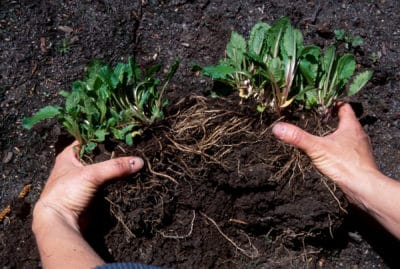
To divide herbaceous perennials, lift the plants gently with a garden fork, working outwards from the crown’s centre (this is the centre of the plant) to limit root damage. Shake any excess soil off to be able to see the roots. Small, fibrous-rooted plants such as Heuchera, Hosta can be lifted and pulled apart gently, procuring small clumps for replanting. Plant up these divided plants as soon as possible, and water them in well.
Raise up containers
It is also an excellent time to raise any planted up containers on your patio onto bricks or purpose made pot feet to avoid them sitting in water during the winter. Small jobs like this one also provide a good opportunity to give the areas around your pots a sweep, and a scrub so that your garden can head into winter fully-prepared for the wetter, more slippery months ahead.
Plant spring bulbs
It’s still a great time to get planting spring bulbs too. For more information about great bulbs to plant at this time of year, check last month’s job list here.
For gardening questions, specific to certain plants or broader questions about your space, we’re always happy to help at hello@digclub.co.uk
